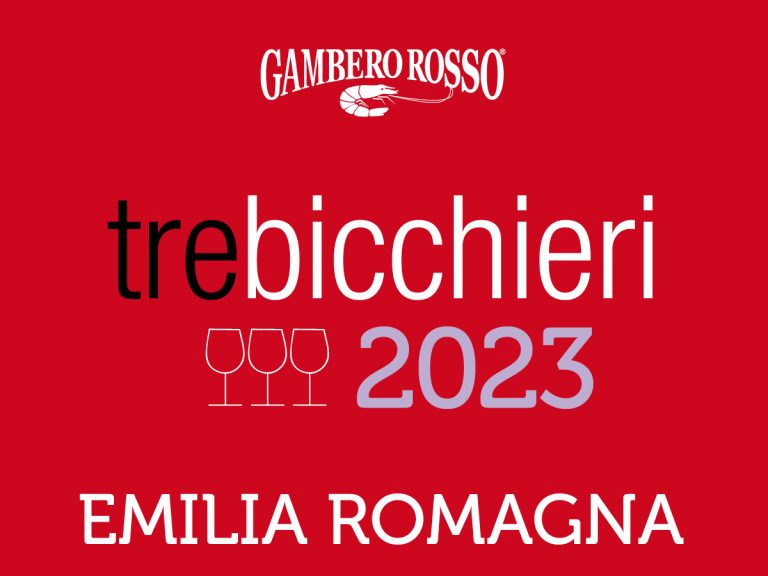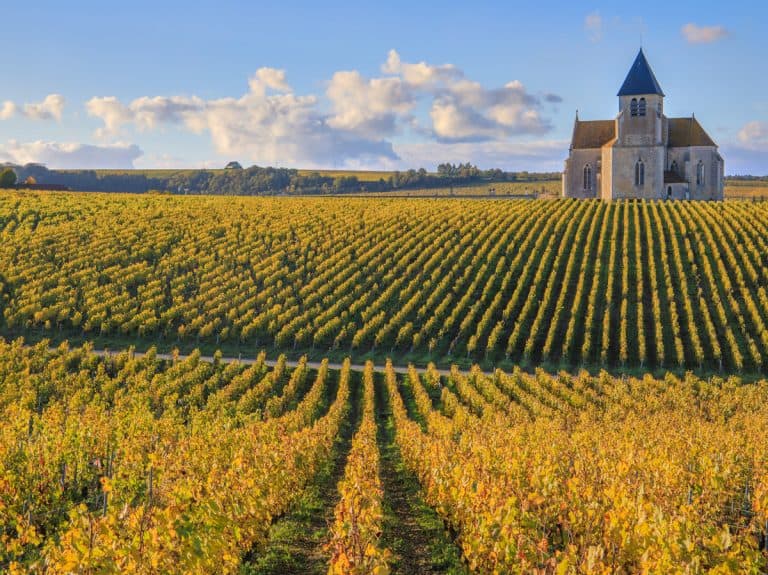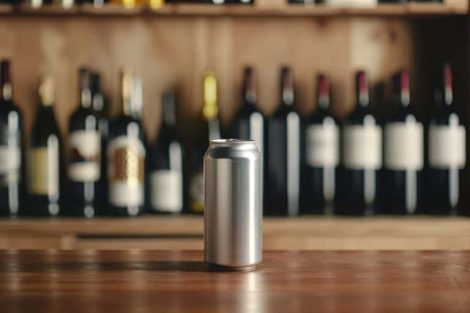Tre Bicchieri 2023: Emilia Romagna, two regions in one
Emilia-Romagna is a single region politically, but when it comes to wine (and other aspects) the two must be considered independently. It's the only way to truly understand the substantial differences between the territories, their grapes and their climates.
The Emilia of Lambrusco (and much more)
We start from the West, with Emilia and its main wine, Lambrusco. The work carried out by the consortium has been exemplary for many appellations, and the reputation of Emilia's wine par excellence is growing increasingly in Italy and internationally. It's a strength that we have also detected in our tastings, making us even more convinced that (true) partnerships among producers raises the general quality of a wine. Six Tre Bicchieri were assigned to Lambrusco: the leader is undoubtedly Sorbara, but if you look at the guide in depth you realize that many other types, starting from Reggiano, passing through Grasparossa and Salamino, achieved highly respectable score (17 wines reached our final round of tastings). Regardless of the final score, however, it must be said that the pleasantness, drinkability and cleanness of Lambrusco is sky-high, and to boot, they can be purchased at very accessible prices. But, beyond Lambrusco, there's much more. In Piacenza, wines like Bonarda, Ortrugo and Gutturnio are proving increasingly well-made; in Parma, Malvasia dei Colli has its own precise identity. In Bologna, Pignoletto (from grechetto gentile grapes) continues to make progress. Indeed, this year we tasted a Tre Bicchieri, produced by Gaggioli, that seeks to be exemplary for the type. Indeed, 90-plus-year-old Carlo Gaggioli, a true and passionate vintner who's spent a lifetime dedicated to Pignoletto, earned a place on the top step of the podium with his version of the wine. Bravo!
The Romagna and the Sangiovese
From Bologna we move eastwards towards the sea, crossing Romagna and its by now well-known subzones—various territories dominated by sangiovese. Here, too, the work carried out by the Consorzio Vini Romagna is commendable, especially in terms of developing and promoting the individual territories. Their most recent initiative concerns the establishment of the Rocche di Romagna brand, which aims to include all the wines within the 16 subzones that express sangiovese (obtained with at least 95% of the grape) in a way that's highly respectful of territorial identity. Here, too, we don't stop at sangiovese. Albana once again proves that's it a superb grape for making white wines, capable of delivering great satisfaction in various versions: classic, macerated or passito—this is, undoubtedly, an added value, though more could be done to help the consumer more easily distinguish between the various types. This positive picture is rounded out by some international varieties (which are leading to excellent results in certain areas, like the Colli di Rimini hills) and several minor native grapes that demonstrate just how much biodiversity there is. A final note: many IGT-labeled wines are raising some eyebrows—independent of their appeal, such labels communicate littles about the beautiful territory just described.
Tre Bicchieri 2023: the best wines in Emilia Romagna


 Burgundy’s resilience: growth in fine French wines despite a challenging vintage
Burgundy’s resilience: growth in fine French wines despite a challenging vintage Wine promotion, vineyard uprooting, and support for dealcoholised wines: the European Commission's historic compromise on viticulture
Wine promotion, vineyard uprooting, and support for dealcoholised wines: the European Commission's historic compromise on viticulture A small Sicilian farmer with 40 cows wins silver at the World Cheese Awards
A small Sicilian farmer with 40 cows wins silver at the World Cheese Awards Women are the best sommeliers. Here are the scientific studies
Women are the best sommeliers. Here are the scientific studies Where to eat at a farm stay in Sicily: the best addresses in the Provinces of Trapani, Palermo, and Agrigento
Where to eat at a farm stay in Sicily: the best addresses in the Provinces of Trapani, Palermo, and Agrigento






